Proteases
Proteases, also known as peptidases or proteolytic enzymes, consists of a large number of enzymes catalyzing the hydrolysis of peptide bonds and subsequently resulting in the degradation of protein substrates into amino acids. Proteases are involved in a wide range of human diseases, including cancer, neurodegenerative disorders, inflammatory diseases and cardiovascular diseases. Thus numerous proteases inhibitors (small molecules and proteins) have been identified to block activity of proteases. Proteases inhibitors can be classified into different types based on the class of proteases they inhibit through two general mechanisms, irreversible “trapping” reactions and reversible tight-binding reactions. Proteases inhibitors have been used as diagnostic or therapeutic agents for the treatment of proteases-related diseases.
-
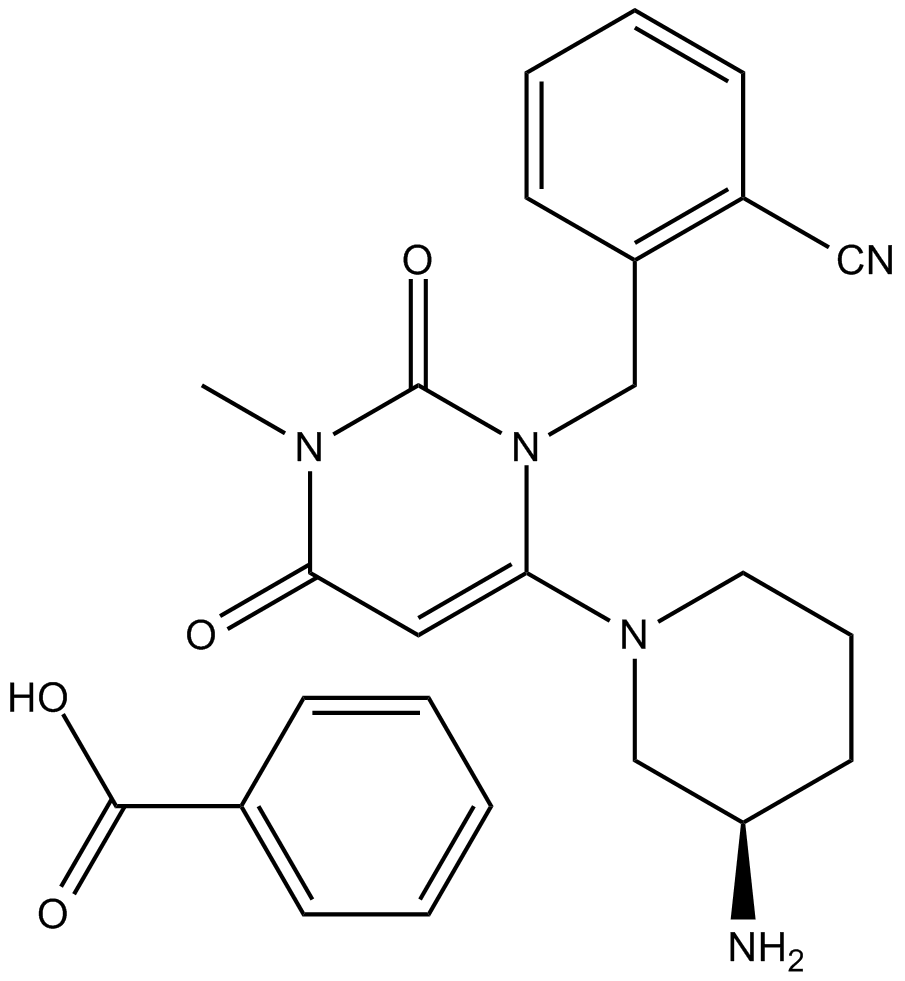 A3156 Alogliptin BenzoateSummary: DPP-4 inhibitor,selective and potent,antidiabetic drug
A3156 Alogliptin BenzoateSummary: DPP-4 inhibitor,selective and potent,antidiabetic drug -
 A3182 AnguizoleSummary: Inhibitor of HCV replication
A3182 AnguizoleSummary: Inhibitor of HCV replication -
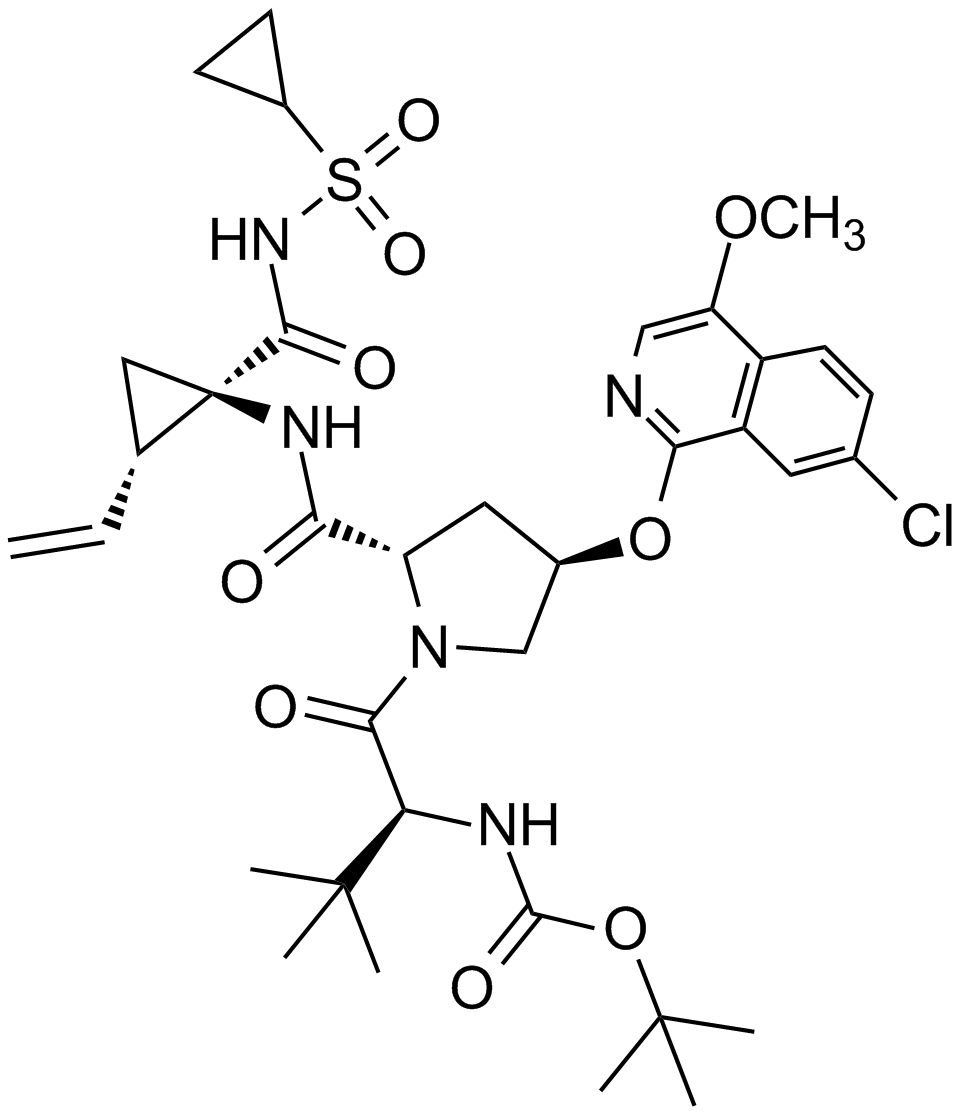 A3195 Asunaprevir (BMS-650032)2 CitationSummary: NS3 protease inhibitor
A3195 Asunaprevir (BMS-650032)2 CitationSummary: NS3 protease inhibitor -
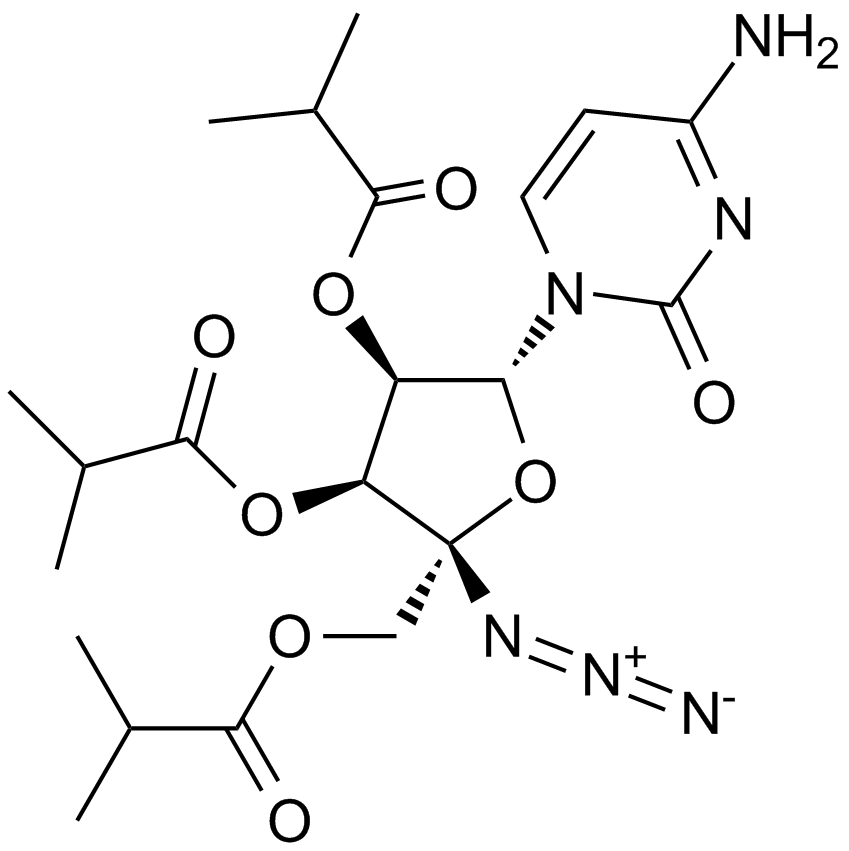 A3217 BalapiravirSummary: Polymerase inhibitor,anti-HCV
A3217 BalapiravirSummary: Polymerase inhibitor,anti-HCV -
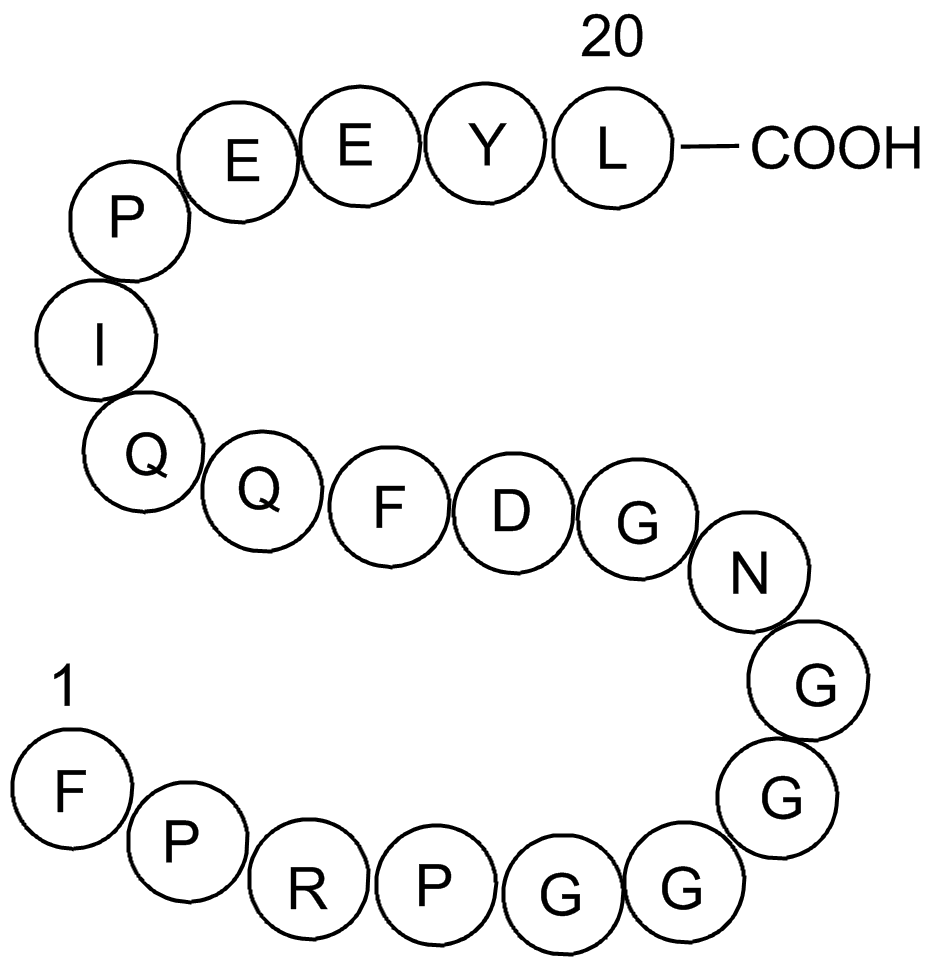 A3244 Bivalirudin TrifluoroacetateTarget: thrombinSummary: Reversible thrombin inhibitor
A3244 Bivalirudin TrifluoroacetateTarget: thrombinSummary: Reversible thrombin inhibitor -
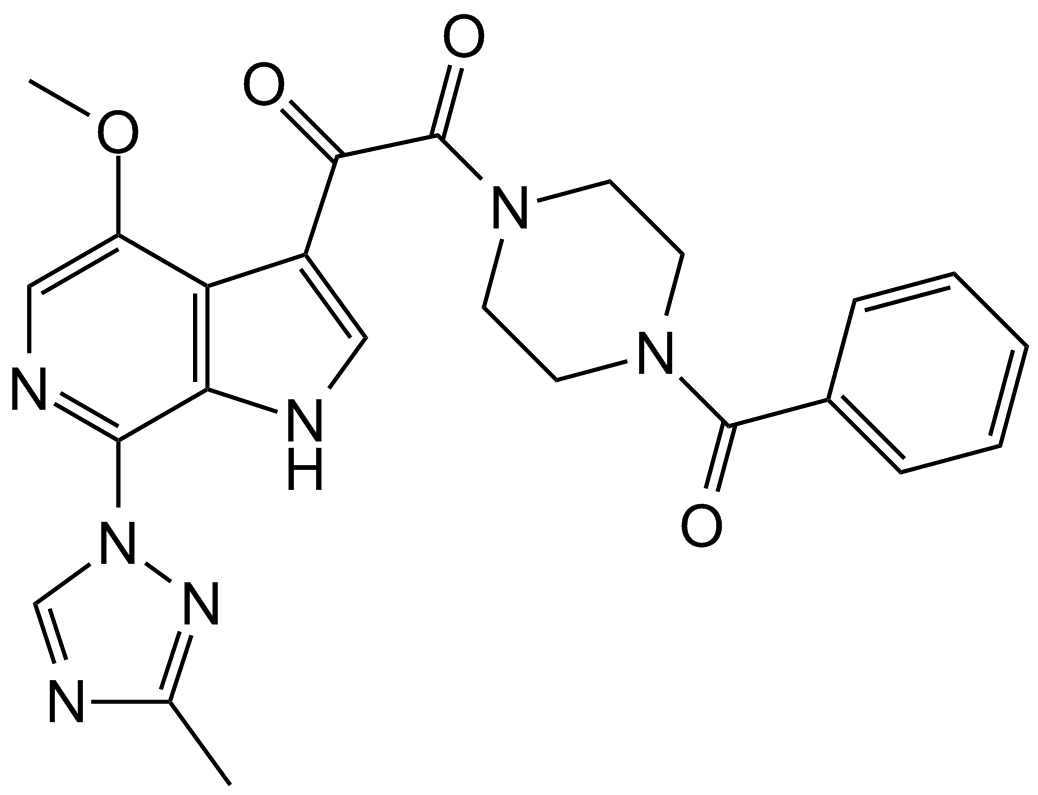 A3253 BMS-6265292 CitationTarget: HIV-1 gp120Summary: HIV-1 attachment inhibitor
A3253 BMS-6265292 CitationTarget: HIV-1 gp120Summary: HIV-1 attachment inhibitor -
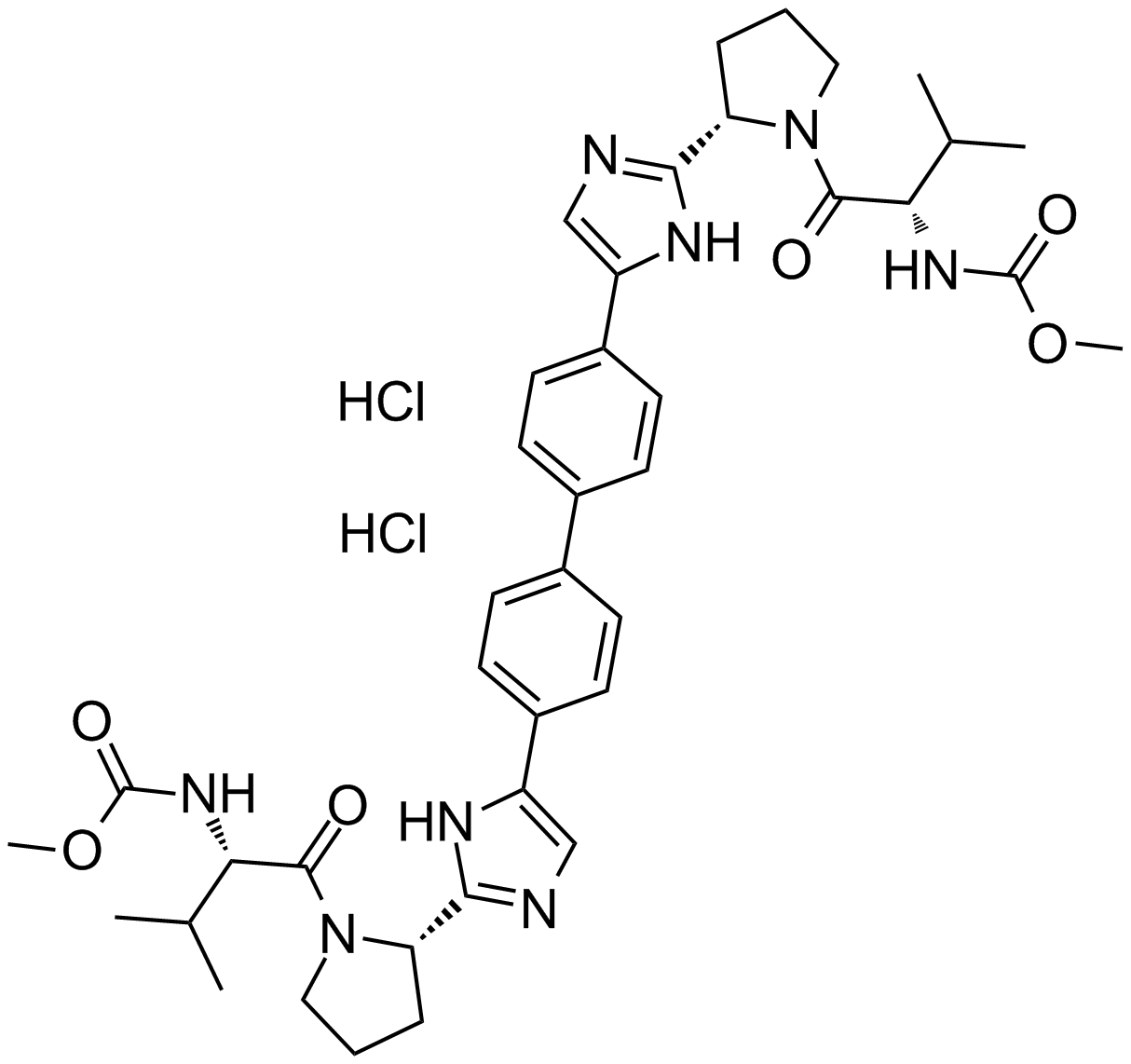 A3257 BMS-790052 dihydrochlorideSummary: HCV NS5A inhibitor
A3257 BMS-790052 dihydrochlorideSummary: HCV NS5A inhibitor -
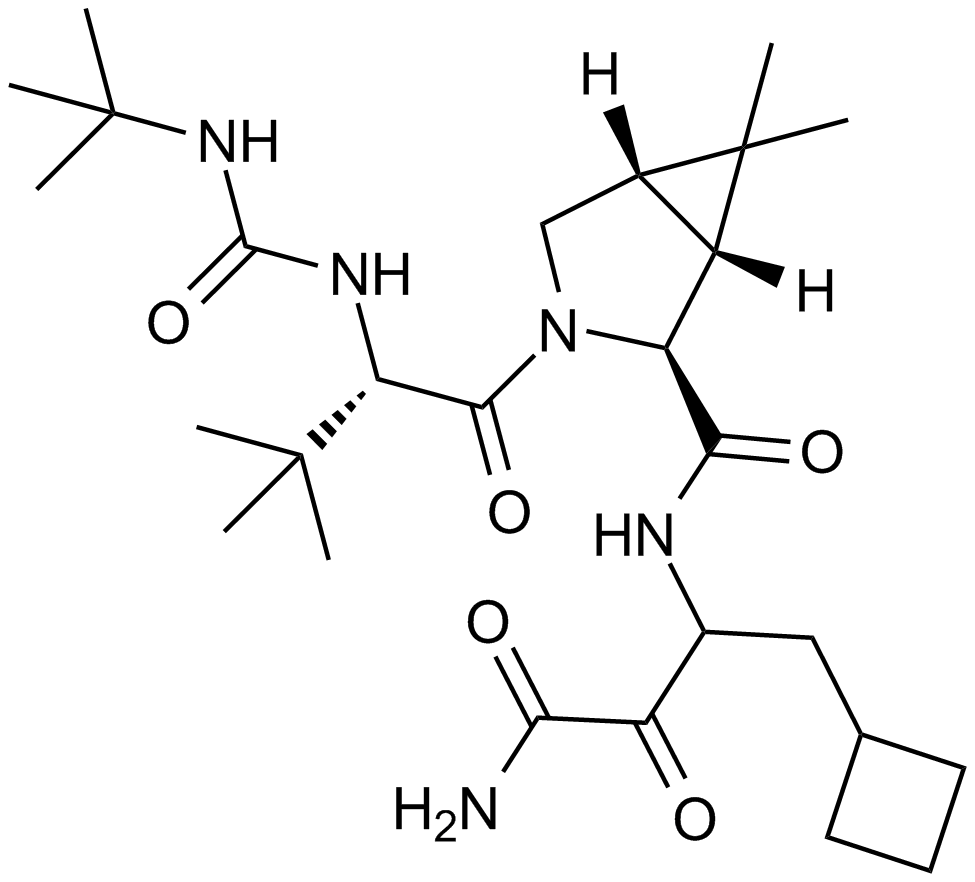 A3261 BoceprevirSummary: HCV protease inhibitor,potent and selective
A3261 BoceprevirSummary: HCV protease inhibitor,potent and selective -
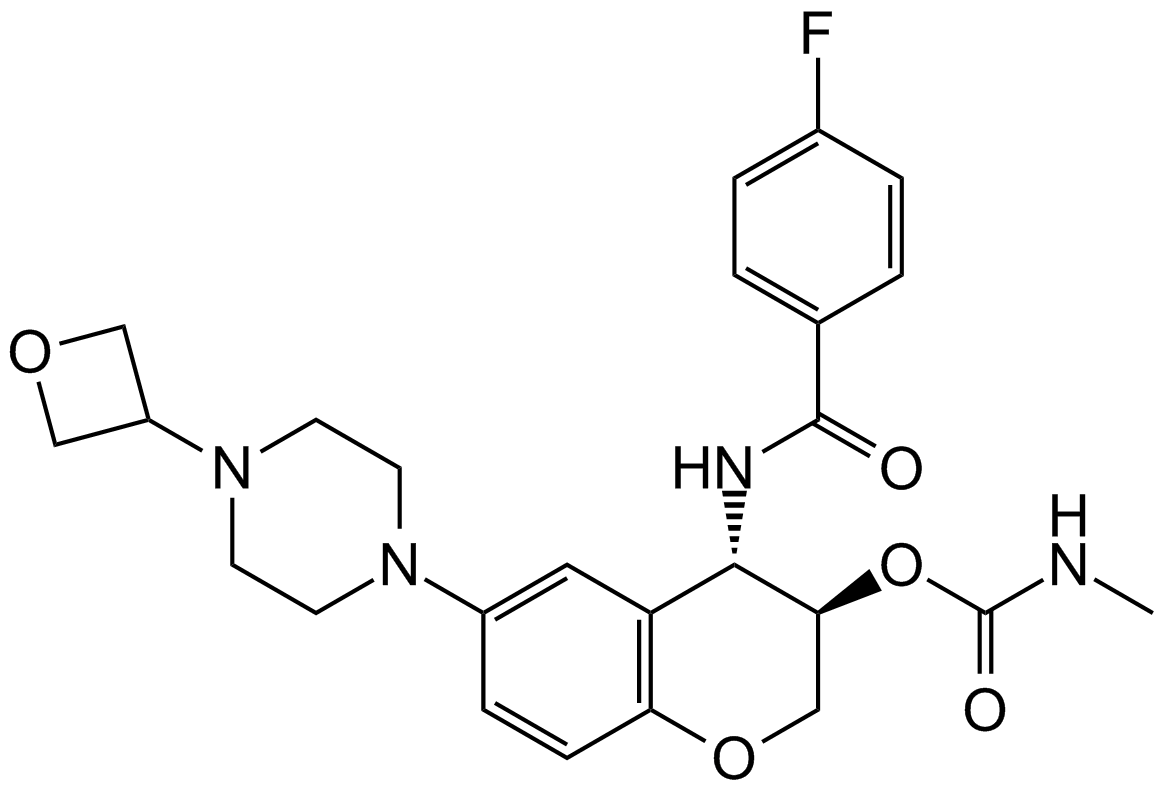 A3284 Cathepsin S inhibitor1 CitationTarget: CathepsinsSummary: Blocks MHCII antigen presentation
A3284 Cathepsin S inhibitor1 CitationTarget: CathepsinsSummary: Blocks MHCII antigen presentation -
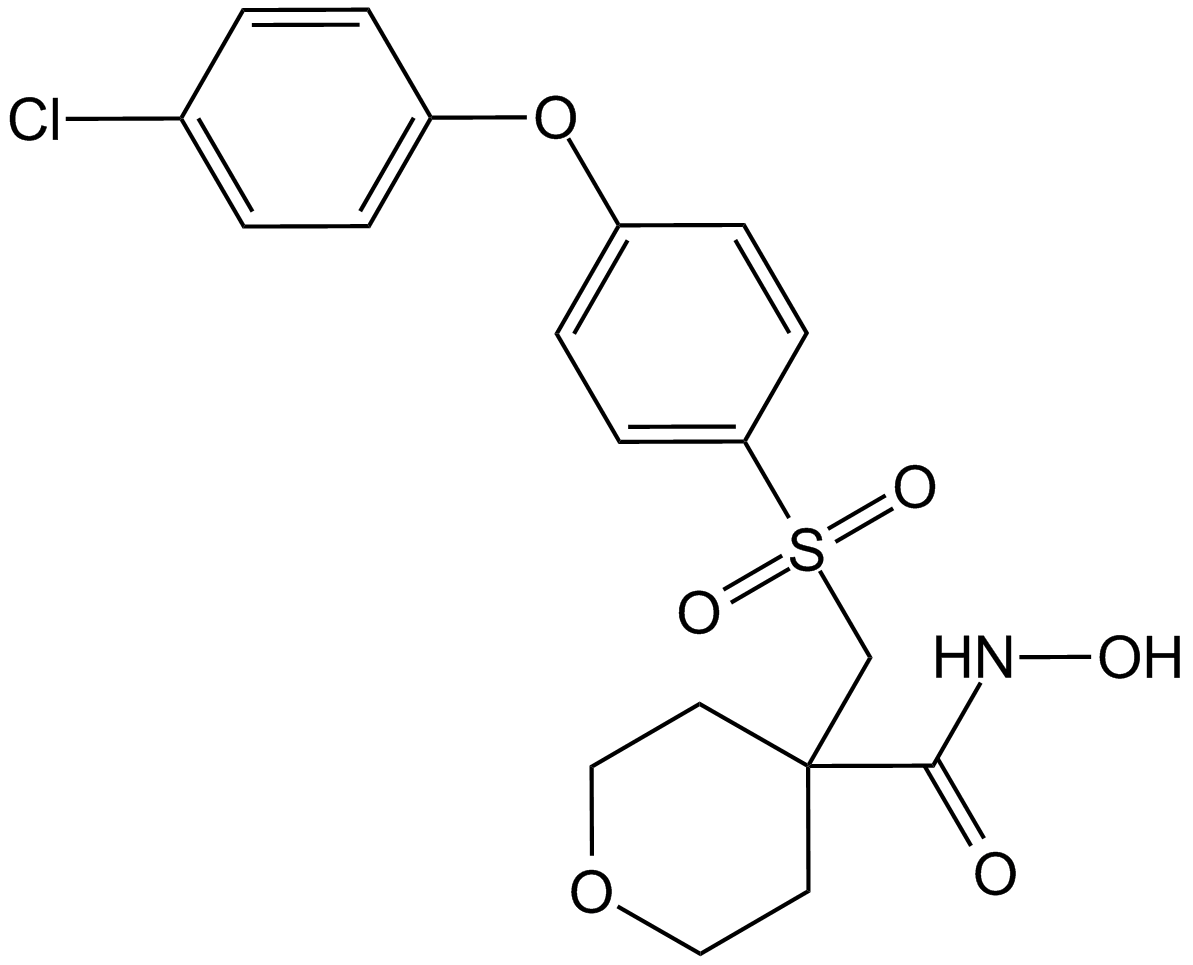 A3334 CTS-1027Summary: MMPs inhibitor
A3334 CTS-1027Summary: MMPs inhibitor

